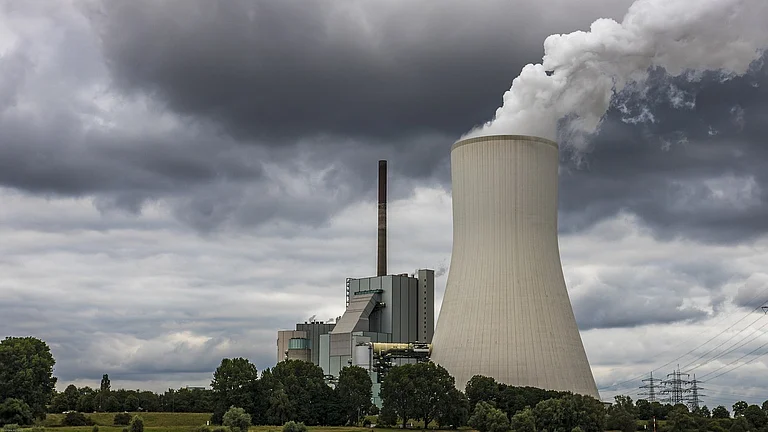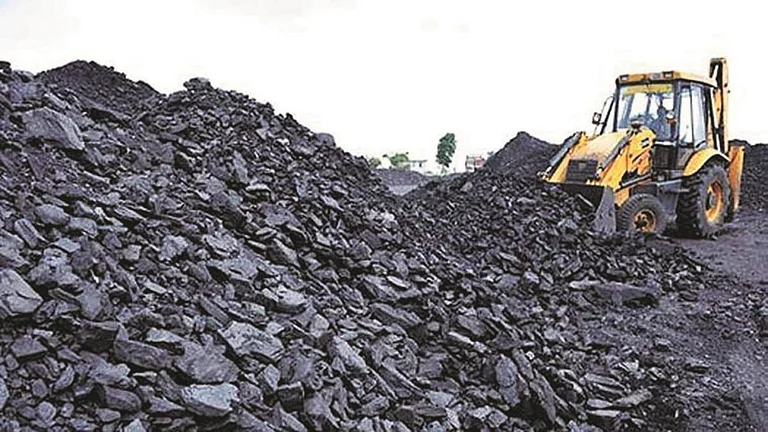The Indian government has eased the $30-billion programme requiring coal-fired power plants to install equipment to slash sulphur emissions for most of the coal-fired power plant, officials told PTI on July 13.
The government has withheld the 2015 mandate for all coal plants to install flue-gas desulphurisation (FGD) systems that remove SO2 from plants located within 10 kilometres of cities with a population exceeding one million.
Citing a July 12 notification from the Union Ministry of Environment, Forest and Climate Change (MoEF&CC), Mint reported that thermal power plants located beyond a 10km radius of cities with a population of 1 million people or more will be exempt from the requirement to install the system.
Plants in critically polluted areas or non-attainment cities will be evaluated on a case-by-case basis while all other plants—accounting for nearly 79% of India's thermal power capacity—are exempt from mandatory FGD installation. The cities which are exceeding the National Ambient Air Quality Standards (NAAQS) for five consecutive years are identified as Non-Attainment cities by CPCB.
What is Flue Gas Desulphurisation?
Flue gas is the gas that gets released into the atmosphere from combustion of fuels (such as coal, natural gas or biomass) in power plants, industrial boilers, furnaces, or kilns and consists of the reaction products of the fuel and combustion air, along with residual substances such as particulate matter, sulphur oxides, nitrogen oxides and carbon monoxide, according to a study published by Science Direct. It plays a key role in forming secondary particulate matter (PM2.5) which causes respiratory issues.
There are three types of FGD systems worldwide — dry sorbent injection, wet limestone treatment and using sea water to remove SO2.
The dry sorbent scrubbing systems are also known as dry injection or spray drying systems, where SO2 reacts with limestone in flue gas prior to dust control systems. Wet desulfurization scrubber systems are the most commonly used technology, suitable for large-scale flue gas treatment, and uses a low cost alkaline scrubbing reagent (limestone) to produce stable gypsum and high SO2 removal efficiency. Sea water based process can achieve 70-95% reduction in SO2 with alkaline sea water, and can be adopted when SO2 emission norms are relaxed. The initial cost of seawater based process is lower than the wet limestone-gypsum FGD process due to the simple equipment configuration.
The Flue Gas Desulphurisation (FGD) process targets the SO2 emissions in flue gas mixture. The FGD unit neutralises the SO2 emission from coal burning using sodium or calcium based alkaline reagents such as lime, limestone, Sodium Hydroxide, ammonia, sea water, Calcium Carbonate, Sodium Bicarbonate, etc. There are three types of FGD systems available worldwide—dry sorbent injection, wet limestone treatment and using sea water to remove SO2.
Studies show 15% of India’s ambient PM2.5 is due to the combustion of coal and 80% of that comes from secondary particulate matter formed from SO2—removing SO2 is crucial to control global warming and respiratory issues.

Not all coal plants have installed the FGD yet, largely because of the high installation costs, the potential rise in electricity bills, and other concerns. “With nearly 15% of India’s ambient PM2.5 attributable to the combustion of coal, this latest notification is a short-sighted one that is not founded in the science of how and where PM2.5 forms, especially from large stacks,” Kartik Ganesan, an expert on energy and environment, at the Council on Energy, Environment and Water (CEEW), a think tank, told The Hindu.
Status of FGDs in India
In 2015, the government said that all the coal-fired thermal power-plants must install FGDs by 2018. The government extended the deadline multiple times as the power plants failed to install FGD equipment to meet the SO2 standards within the deadline.
As of August 2024, only 39 out of 537 plants had installed FGD units, according to the data released by Ministry of Power.
However, Reuters in December 2024 reported the government was reviewing the 2015 norms. And another TOI report on January 7 asserted that the deadline for FGD norms, that required the installation of FGD systems in the 537 coal-based power units located within 10 km radius of the national capital region (NCR) or cities having million plus population, had been extended by three more years from December 31, 2024 to December 31, 2027.
What does Exempting Installation of FGD Units Mean?
According to the government’s recent move, the plants which are exempted from installation of FGD units account for about 79% of the total 180 operational power plants in the country, reported Mint.
There is no alternative to FGD and as a result, the coal plants will end up emitting the untreated SO2 in the atmosphere.
Citing a report by National Environmental Engineering Research Institute, Nagpur, in collaboration with NITI Aayog, in December, Mint indicated that ambient SO2 concentration in all the monitoring stations (CAAQMS) is well below the prescribed norms of 80 micrograms per cubic meter.
Contrary to the above mentioned claim, a CREA report published in June 2024 countered that power plants across the country are using studies by institutions such as NEERI, NIAS and IIT to delay FGD units.
"What is worse, studies by institutions like NEERI, NIAS, and IIT Delhi (2022 and 2024) are now being selectively used to justify this inaction, citing low SO2 levels or small CO2 increases to argue that FGDs are unnecessary. These arguments simply don't hold up." CREA said NEERI's assertion that ambient SO2 levels are already low is "highly misleading".
The air quality monitoring stations (CAAQMS) do not capture the real impact of power plant pollution because they do not track whether emissions drift upwind or downwind and they certainly do not account for chemical reactions that convert SO2 into other pollutants like PM2.5. Just because the station reading is low ambient SO2 does not mean the plant is not polluting, stated the report.
“Every delay means more lives lost, more children breathing toxic air, and more communities suffering from preventable disease,” asserted the report.

































